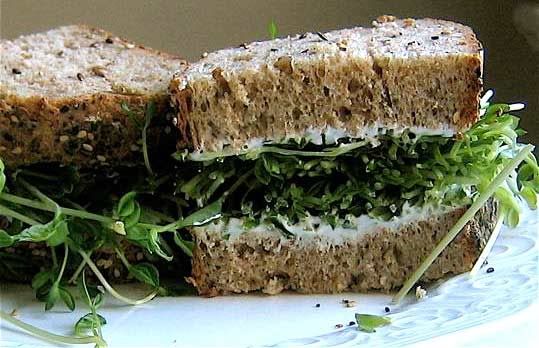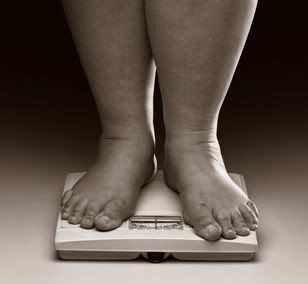You heard it from your doctor I bet. You need to eat better and exercise more. But what kind of exercise? Its kind of left open to interpretation. What is the best exercise for a diabetic and how much is enough? Ideally any activity or exercise is better then nothing at all. Any kind of movement will stimulate circulation which diabetics are known to have poor circulation.
Is Blood Sugar Ever Too High to Exercise?
Yes. In some cases, you should hold off on exercising if your blood sugar is very high.
What Types of Exercise Is Best for Diabetes?
Aerobic exercise and weight training have shown to be better for controlling type 2 diabetes in a recent study. They study shows that with a combination of these two exercise routines the group was able to lower their A1C by nearly one percentage point. Which equals nearly 30% less likely to develop later complications with their illness.
However that is not to say that other exercise routines are not good for you. I highly suggest to people who want to get into an exercise pattern to simply start walking. You don't have to be a runner either. Remember if you walk or run a mile you end up burning roughly the same amount of calories. Plus to reiterate walking can improve circulation in a short time.
Exercise helps control type 2 diabetes by:
Improving your body's use of insulin.
Burning excess body fat, helping to decrease and control weight (decreased body fat results in improved insulin sensitivity).
Improving muscle strength.
Increasing bone density and strength.
Lowering blood pressure.
Helping to protect against heart and blood vessel disease by lowering 'bad' LDL cholesterol and increasing 'good' HDL cholesterol.
Improving blood circulation and reducing your risk of heart disease.
Increasing energy level and enhancing work capacity.
Reducing stress, promoting relaxation, and releasing tension and anxiety.
Safety tips
If you have diabetes, check with your health care provider before you begin a an exercise program. Tell your doctor what kind of exercise you want to do so adjustments can be made to your medicine schedule or meal plan, if necessary.
Start slowly and gradually increase your endurance.
Choose an activity that you enjoy. You'll be more likely to stick with a program if you enjoy the activity. Make exercise a lifetime commitment.
Consider a water exercise program. Some other exercise options include walking, riding a stationary bicycle, swimming, or muscle stretching.
Exercise at least three to four times per week for 20 to 40 minutes each session. Ideally, you should exercise every day. A good exercise program should include a 5- to 10-minute warm-up and at least 15 to 30 minutes of continuous aerobic exercise (such as walking or biking) or muscle stretching exercises, followed by a 5-minute cool down.
Wear good shoes and practice proper foot care.
Drink water before, during, and after exercise to prevent dehydration.
Do not ignore pain -- discontinue any exercise that causes unexpected pain. If you continue to perform the activity while you are in pain, you may cause unnecessary stress or damage to your joints.






 Philip J Walter
Philip J Walter

















